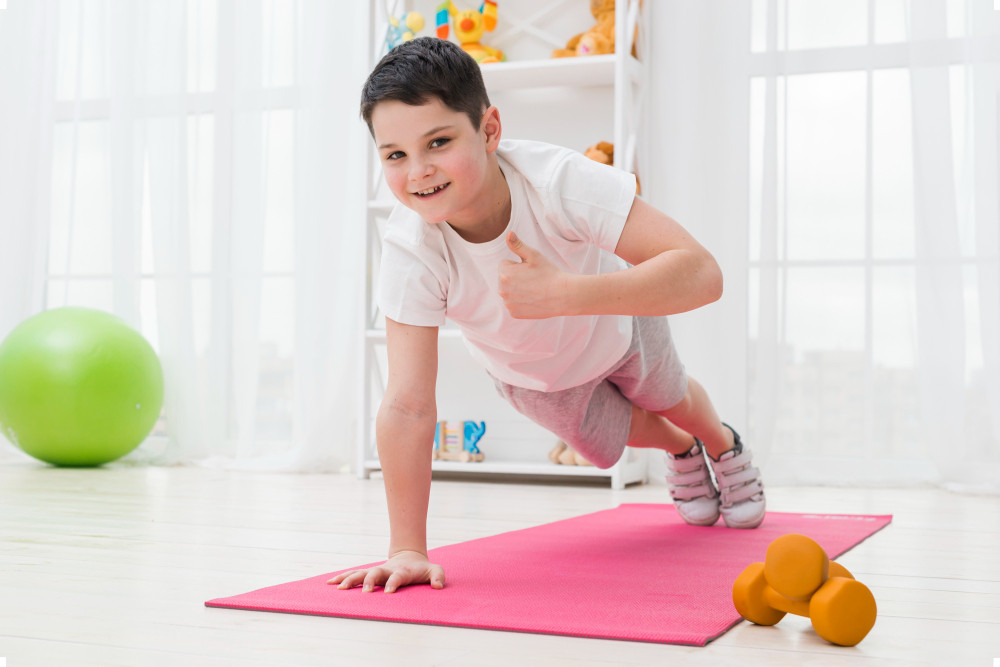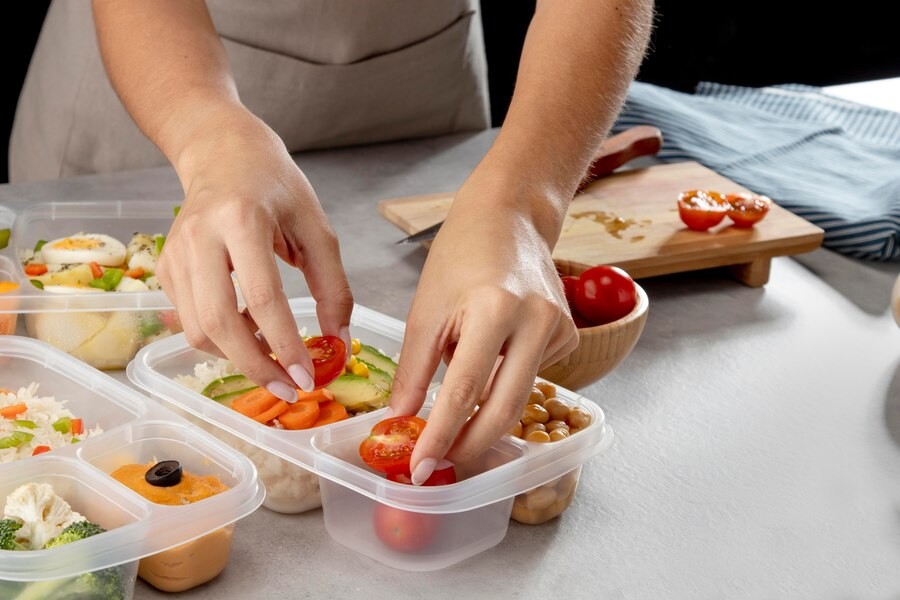Keterampilan lokomotor merupakan bagian penting dari perkembangan motorik anak. Keterampilan ini memungkinkan anak bergerak dari satu tempat ke tempat lain.
Anak-anak bisa mempelajari dan mengasah keterampilan motorik sejak bayi. Keterampilan motorik yang bisa dipelajari seperti berjalan, berlari, melompat dengan satu kaki, melompat dengan kedua kaki, berlari cepat, berlari zig-zag, berlari ke samping, melompat jauh, melompat tinggi, dan masih banyak lagi. Ketahui bagaimana cara mengasah keterampilan lokomotor anak.
Cara Mengasah Keterampilan Lokomotor Anak
Kebanyakan anak-anak mengembangkan keterampilan lokomotor secara bertahap melalui latihan dan bermain. Berikut adalah beberapa permainan yang dapat membantu anak mengasah keterampilan lokomotor sejak dini:
Permainan kejar-kejaran
Ajak anak bermain kejar-kejaran. Permainan ini membantu mengembangkan keterampilan berlari dan perubahan arah. Anda juga bisa mengenalkannya dengan permainan mengejar bayangan mereka sendiri di bawah sinar matahari.
Permainan lompat-lompatan
Ajarkan anak-anak untuk menirukan kelinci, melompat dari satu titik ke titik lain. Makin besar anak, Anda bisa mengenalkan permainan lompat dengan menggunakan alat misalnya lompat tali.
Baca Juga: Tanda-Tanda Anak Anda Butuh Terapi Wicara
Permainan bola
Permainan bola seperti sepak bola atau bola basket dapat membantu mengembangkan keterampilan berlari dan koordinasi kaki. Anak-anak juga bisa belajar melempar dan menangkap bola sebagai cara meningkatkan koordinasi tangan dan mata.
Permainan keseimbangan
Sebagai awal, Anda bisa membuat garis lurus di tanah dengan kapur atau tali dan ajak anak berjalan di atas garis tersebut. Anda juga bisa menempatkan batu-batu datar di tanah dan mengajak anak melompat dari satu batu ke batu lain tanpa menyentuh tanah.
Permainan dengan tari dan musik
Menari tidak hanya menyenangkan tetapi juga membantu anak mengembangkan ritme, koordinasi, keseimbangan, dan keterampilan motorik kasar. Pilih lagu anak-anak yang memiliki ritme yang jelas dan mudah diikuti.
Pastikan area bermain bebas dari halangan sehingga anak-anak dapat bergerak dengan bebas tanpa risiko cedera. Ajari anak beberapa gerakan dasar yang sesuai dengan ritme musik, seperti melompat, berputar, atau menggerakkan tangan.
Baca Juga: Tanda-Tanda Anak Perempuan Berhenti Bertumbuh
Permainan dengan alat bantu
Permainan dengan alat bantu seperti tali dan hula hoop dapat membantu melatih keterampilan motorik anak melalui berbagai cara yang mendukung perkembangan fisik, koordinasi, dan keseimbangan. Permainan seperti lompat tali melibatkan koordinasi antara gerakan tangan dan kaki. Anak harus mengayunkan tali dengan tangan sambil melompat pada waktu yang tepat.
Melompat dan memutar hula hoop memerlukan kekuatan otot di kaki, pinggul, dan bagian tubuh lainnya. Ini membantu memperkuat otot-otot yang terlibat dalam gerakan ini. Anda juga bisa mengombinasikan permainan lain dengan alat bantu, misalnya cone untuk berlatih lari zig zag.
Keterlambatan dalam keterampilan motorik dapat mengganggu kemampuan anak dalam mengkoordinasikan kelompok otot besar (seperti pada lengan dan kaki) serta otot yang lebih kecil (seperti pada tangan). Berikan stimulasi yang tepat melalui permainan dan aktivitas yang dapat membantu anak mengembangkan keterampilan motoriknya.
Apabila anak terlihat mengalami masalah dalam perkembangan motoriknya, ajak anak untuk mendapatkan evaluasi dari dokter. Dokter dapat membantu menemukan penyebab dan merujuk pada terapis fisik.
Memiliki pertanyaan lain seputar keterampilan lokomotor anak? Anda bisa berkonsultasi dengan dokter kami melalui aplikasi Ai Care yang bisa diunduh di App Store atau Play Store.
Mau tahu informasi seputar kehamilan, menyusui, kesehatan wanita dan anak-anak? Cek di sini, ya!
- dr Nadia Opmalina
Catherine Holecko (2021). How to Help Kids Develop Locomotor Skills. Available from: https://www.verywellfamily.com/locomotor-skills-1256925
Cleveland Clinic (2023). Gross Motor Skills. Available from: https://my.clevelandclinic.org/health/articles/gross-motor-skills
Cait Parr, PT, DPT (2023).
Gross Motor Development for Infants and Toddlers. Available from: https://napacenter.org/gross-motor-development
Karen E Adolph and Justine E Hoch (2020). The Importance of Motor Skills for Development. Available from: https://pubmed.ncbi.nlm.nih.gov/33166961/
NYU Langone Health. Types of Developmental Delays in Children. Available from: https://nyulangone.org/conditions/developmental-delays-in-children/types
Healthy Children (2023). Is Your Baby’s Physical Development on Track?. Available from: https://www.healthychildren.org/English/ages-stages/baby/Pages/Is-Your-Babys-Physical-Development-on-Track.aspx












